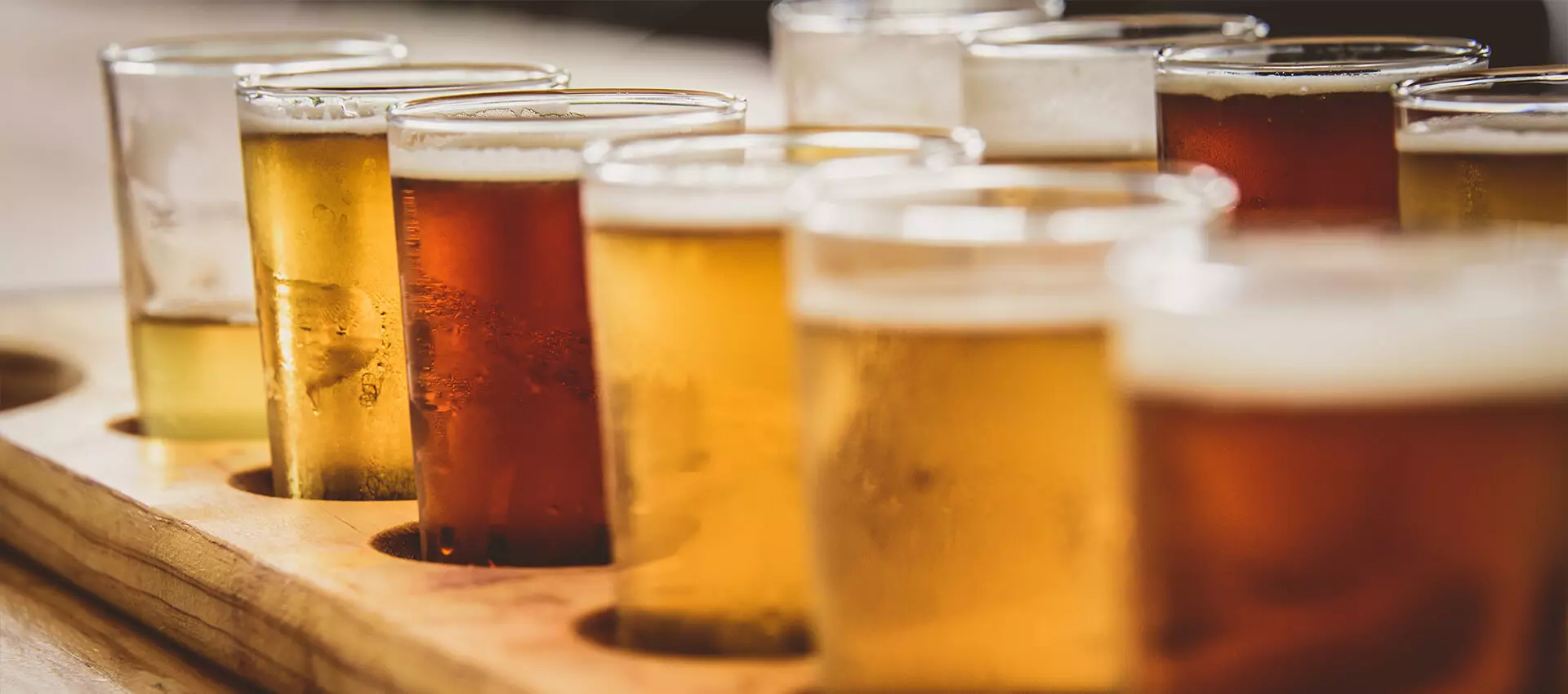
What Do IBUs Indicate For Beer?
Abstract
How bitter is it? That's what the IBU tells us - at least when it comes to beer. Because our taste can be deceptive if the bitterness is hidden behind caramel or coffee nuances. But don't worry: we reveal everything, including how high the IBU really is in our FLENS.
IBU And Beer: Bitterness Of Beer.
There are many different types of beer around the world. Each type of beer has its own taste nuances. One component that we perceive when drinking beer is how bitter the beer tastes. This bitterness is measured in IBU. IBU is the international unit of measurement that determines the bitterness of beer. The International Bitterness Unit tells us how many bitterness units there are in a beer.
The higher the IBU value, the more bitter the beer.
However, this does not necessarily mean that we as beer drinkers can taste a strong bitterness with a high IBU. For example, beers that contain a lot of malt may hide their bitter notes behind caramel or coffee nuances.
Where Does The Bitterness In Beer Come From?
Hops are responsible for the bitter note in beer. Strictly speaking, it is the female hops. Because only these are used in beer brewing. Hops contain alpha acids, which are released during the brewing process, provide the bitterness of a beer and are subsequently expressed as IBU. In Germany, bitterness is often also indicated as BE (bitter units).
The decisive factor is how many hops are added to the wort at what temperature and at what time. Incidentally, 1 mg of alpha acid per liter of beer results in one bittering unit. However, to successfully determine the IBU value in beer, other factors must also be taken into account.
Measuring The Bitterness Of Beer: IBU.
In our Flensburg brewery, the master brewer knows exactly how much hops to add to the wort at what point in the brewing process. However, the IBU in beer cannot be measured by the addition of hops alone. Other factors that are relevant for the measurement are the hop variety and the respective growing region. For example, we source our hops from the Hallertau: the largest contiguous hop-growing region in the world. Depending on the type of beer, we use either aroma hops or bitter hops for our FLENS. Aroma hops release a maximum of 0.5 % of the alpha acid in the beer, whereas bitter hops release over 10 % alpha acid.
Which Beers Are Particularly Bitter?
It is difficult to say which beer is the bitterest. Every beer drinker has an individual sense of taste and perceives the bitterness of beer differently. However, the IBU can be used to determine which beers have a particularly high bitterness. Beers that sometimes have the highest IBU are India Pale Ale and Imperial Pale Ale. They have an IBU value of between 70 and 110. Beers such as Pilsner also have high bittering units of up to 45 IBU. Both pale ale and pilsner are very popular worldwide. This is why these beers are traditionally more strongly hopped and therefore have a higher IBU. The reason for this is the long transportation routes. Because who would have thought it? The bitterness of the alpha acids makes beer keep longer, has an antiseptic effect and prevents the growth of bacteria. As a rule, most beers are between 10 and 80 IBU.
Our beers also fall into this middle range. Our Flensburger Pilsener, for example, has a bitterness of 38, our Flensburger Dunkel 28 and our Flensburger Gold 18. If you want to find out whether you can taste the bitterness of our beers, we recommend a tour of our Flensburg brewery.




